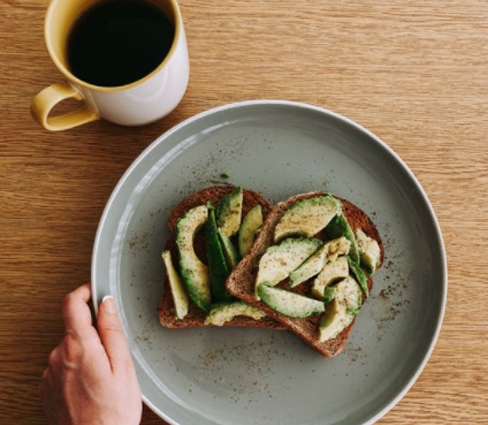|
|
Feeding babies and small children a low cholesterol, low fat diet meant to protect adults at risk for heart dsease can actually cause serious harm to their small, delicate brains.
The average adult brain uses nearly twenty percent of the calories we consume every day to power the more than 100 billion neurons that work at top speed. And that average adult brain is about sixty percent fat – mostly DHA.
What Should We Be Eating Then?
The question is, what should we be eating to boost our brain? Some foods contain natural chemicals called polyphenols which are found in many fruits, vegetables, nuts, seeds and grains. Some have antioxidant properties called flavonoids, which protect plants from oxidative stress. Flavonoids also protect us, and are even more powerful than the antioxidants Vitamin C and E.
USDA Food Rankings
THE U.S. Department of Agriculture ranks foods for their antioxidant potential. These are given an oxygen radical absorbance capacity (ORAC) rating. Walnuts, almonds and red delicious apples have the highest ratings. Most berries, especially blackberries and blueberries, are also rich in antioxidants. They improve cells in the liver to reduce the production of cholesterol and other harmful fats. Blueberries actually reduce the risk of heart attack by preventing blood platelets from clumping together. In addition research has shown that blueberries improve memory. The USD maintains a database of mor than 300 foods and their ORAC values at https://www.ars.usda.gov/ARSUserFiles/80400525/Articles/AICR07_ORAC.pdf
Benefits for Diabetes Patients
All beans and oats are rich in fiber and contain gums and pectins that sop up fats and cholesterol before entering our blood. A diet rich in beans reduces the insulin needs of Type 1 Diabetes patients by up to forty percent and up to ninety-eight percent in Type 2 Diabetes patients.
Natural Highs and Lows
Eating fish, meat and poultry make you more alert. Turkey on the other hand, while high in protein, is also high in tryptophan – the chemical needed to produce serotonin.
Go Ahead, Eat Some Chocolate
Dark chocolate scores very high on the ORAC scale. Despite being fifty-nine percent saturated fatty acids, primarily stearic acids, chocolate neither increases LDLs (bad cholesterol) nor does it lower HDLs (good cholesterol). Stearic acid, like beans, makes blood platelets less likely to clump or form a blood clot, thereby lowering the risk of heart attack or stroke. Also like other beans, cocoa beans contain gums and pectins that sop up fats before they reach the blood stream. In addition cocoa helps blood vessels relax, which in turn lowers blood pressure, and reduces the risk of heart attack.
Chocolate is not only a healthy food, it is a happiness food. It contains caffeine, a mood and nervous system stimulator, theobromine, a muscle stimulant, and anandamide, a chemical that stimulates the same pleasure center of the brain as marijuana. Research shows that as little as 1.5 ounces of chocolate per day will reduce stress levels.
References: Nutrition for Dummies 5th Edition by Carol Ann Rinzler, 2011
This report is not a diagnosis. We hope this information can guide you toward improving your life.
Review our Knowledge Base or the links displayed on this page for similar and related topics.

